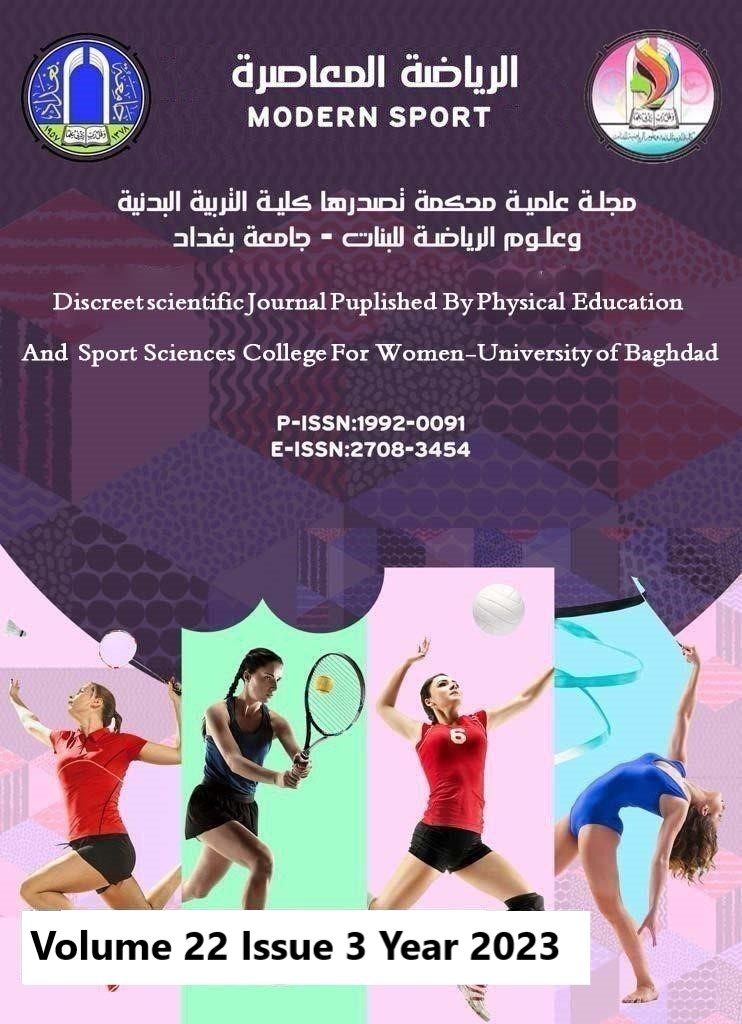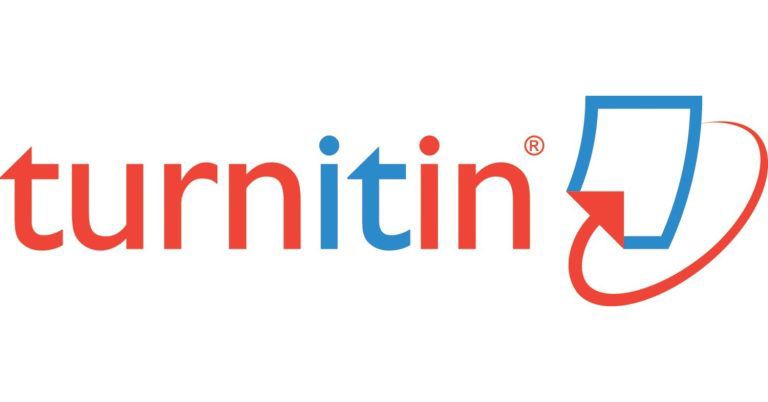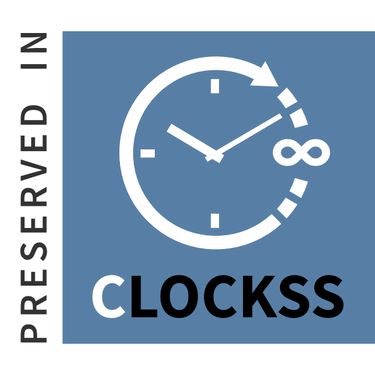The effect of Tabata exercises on the development of stamina and achievement for female athletes running 100m hurdles under the age of 18 years
DOI:
https://doi.org/10.54702/ms.v22i3.1154Keywords:
Tabata exercises, carrying strengthAbstract
The science of modern sports training is a scientific educational process based on sound foundations, and its goal is for the players to reach integration in the technical performance. And devices to achieve high sporting achievements, and the two researchers used a modern method of sports training methods in order to develop strength endurance and achievement for the 100m hurdles event female players under 18 years old. The importance of the study lies in the use of Tabata exercises, which are among the modern exercises that are characterized by suspense and excitement, and their application according to specific times in performance within the training curriculum for the 100m/hurdles event female athletes under 18 years old. In order to avoid the element of boredom and create something of suspense, excitement and competition within the training unit to achieve the goals of the unit set at the highest levels, for this reason the two researchers decided to prepare exercises in the Tabata style and employ them to develop strength endurance and achievement among the 100m hurdles event players under 18 years old. The study aimed to: Preparing Tabata-style exercises, and identifying the effect of Tabata exercises on developing strength endurance among female players, and identifying the effect of these exercises on the achievement of female players in the 100m hurdles event under 18 years old, and identifying the differences between the post-tests of the research group in the physical characteristics and the digital level of female players in the 100m running event Hurdles under 18 years old. The study imposes: There are statistically significant differences between the pre and post-tests in the endurance tests of strength and achievement for the effectiveness of running 100 m / hurdles. The two researchers used the experimental approach in their current study due to its suitability to the nature of the research problem. Female players who were subjected to tests, and the training curriculum was applied for (8) weeks, implemented at the rate of (3) units per week, and the duration of the exercises was (50) minutes using the Tabata method, and after conducting the pre and post-tests, the results of the tests were presented, analyzed and discussed through data processing in the system Statistical spss Through these results, the two researchers reached the following conclusions: The exercises that were applied in the Tabata style helped to develop strength endurance for the members of the research sample, and that the duration of the independent variable represented by the number of training units was appropriate in creating adaptations that reflect the extent of the development of the members of the research sample to achieve the achievement of the effectiveness of running 100m hurdles, and that the development of strength endurance reflected positively on the achievement of the 100m hurdles event. As a result, the recommendations are: Concerning the use of (Tabata) style exercises according to scientific training foundations to raise the efficiency of short race runners during training and competitions, and adopting the exercises prepared by the two researchers as basic data when training runners for the effectiveness of 100m hurdles, the need to ration the training load for exercises in the (Tabata) style In a manner appropriate to the type of practitioners in terms of gender, biological age, and training; Because it has a high impact on the body during performance, and similar studies were conducted on other individual and group activities, and on different age groups
References
- Ahmed Mahrous. (2017). The effect of using high-intensity interval training by the Tabata method on raising the rates of the special physical abilities of karate players. master's thesis, Faculty of Physical Education for Boys, Helwan University.p23
- Ali Abdul-Hussein Al-Issawi. (2020). Effect of Tabata exercises on lactic acid concentration, some bio kinetic capabilities, and individual defensive and offensive performance in youth handball. Master Thesis, College of Physical Education and Sports Sciences - University of Kufa. p19
- Abu Al-Ela Ahmed Abdel-Fattah. (1997). Sports Training, Physiological Foundations. Cairo, Dar Al-Fikr Al-Arabi. p. 133
- Adel Hamed Obaid. (2022). The effect of manufactured auxiliary exercises on the development of explosive power, maximum speed, technical performance, and the achievement of a-100meter run for young men. Modern Sport, 21(1).
https://doi.org/10.54702/msj.2022.21.1.0065
- Aseel Jaleel Gatea & Diana Ghanim Yahya. (2022). The effect of special exercises in developing some physical abilities and achievement of the long jump under 20 years for young women. Modern Sport, 21(1).
https://doi.org/10.54702/msj.2022.21.1.0092
- Hassan Ahmed El-Shafei and others. (2009). Principles of scientific research in physical education, sports sciences, humanities and social sciences (1st edition). Dar Al-Wafaa for Dunya Printing Press, Alexandria. p48
- Haider Faeq Ali Al Shamaa. (1998). The effect of circular training using low-intensity interval load on the special length of middle-distance running. Master's thesis / University of Baghdad. p52
- Iman Sabih. (2015). The effect of some exercises using extra weight in developing the special power of legs and some biomechanics variables and achieving long jump for the players of specialized school for the ages (10-12) years old. Modern Sport, 14(1) P:17
https://jcopew.uobaghdad.edu.iq/index.php/sport/article/view/219
- Marwan Abdel Majeed. (1999). Scientific foundations and statistical methods for tests and measurement in physical education. Amman, Dar Al-Fikr. p14
- Miller, L. J., D'Acquisto, D. M., Roemer, K., & Fisher, M. G. (2015). Cardiorespiratory Responses to a 20-Minutes Shallow Water Tabata-Style Workout. International Journal of Aquatic Research and Education, 9 (3), P 6
https://doi.org/10.25035/ijare.09.03.06
- Olson M. (2013). Tabata Interval Exercise, Energy Expenditure and Post-Exercise Responses. PhD, FACSM. p42
- Rania Mouaid Ibraheem & Muna Talib Albadry. (2022). Effect of Aero planks Exercises (With The Opposite Effort Between Movement And Stability) On The Components Indicators For Female Student Aged (18-22) Years. Modern Sport, 21(4).
https://doi.org/10.54702/ms.2022.21.4.0029
- Rasha Raid Hamid & Khalid Khamees Jaber. (2018). Effect of strength exercises using rubber bands in the development of some physical abilities and the completion of discus for youth. Modern Sport, 17(1). P:13
https://jcopew.uobaghdad.edu.iq/index.php/sport/article/view/13
- Ruaa Amer Ismail & Bushra Kadhum Ismail. (2022). The effect of critical speed exercises and mechanical ability to test the maximum speed of 400m runners under the age of 20 years. Modern Sport, 21(4).
https://doi.org/10.54702/ms.2022.21.4.0044
- Somaya Riyad Aziz & Widad Kadhim Majeed. (2022). The effect of exercises using the pulsating ball tool in developing the accuracy of the front and back strokes for chair tennis players. Modern Sport 21(1) https://doi.org/10.54702/msj.2022.21.1.0098
- Ula Issa Aboud & Israa Fouad Salih. (2022). Exercises using the vertimax device and its impact on developing endurance, the special strength of the throwing arm and the achievement of javelin throwing for players under 16 years old. Modern Sport 21(3).
Downloads
Published
Issue
Section
License
Copyright (c) 2023 Modern Sport

This work is licensed under a Creative Commons Attribution 4.0 International License.















